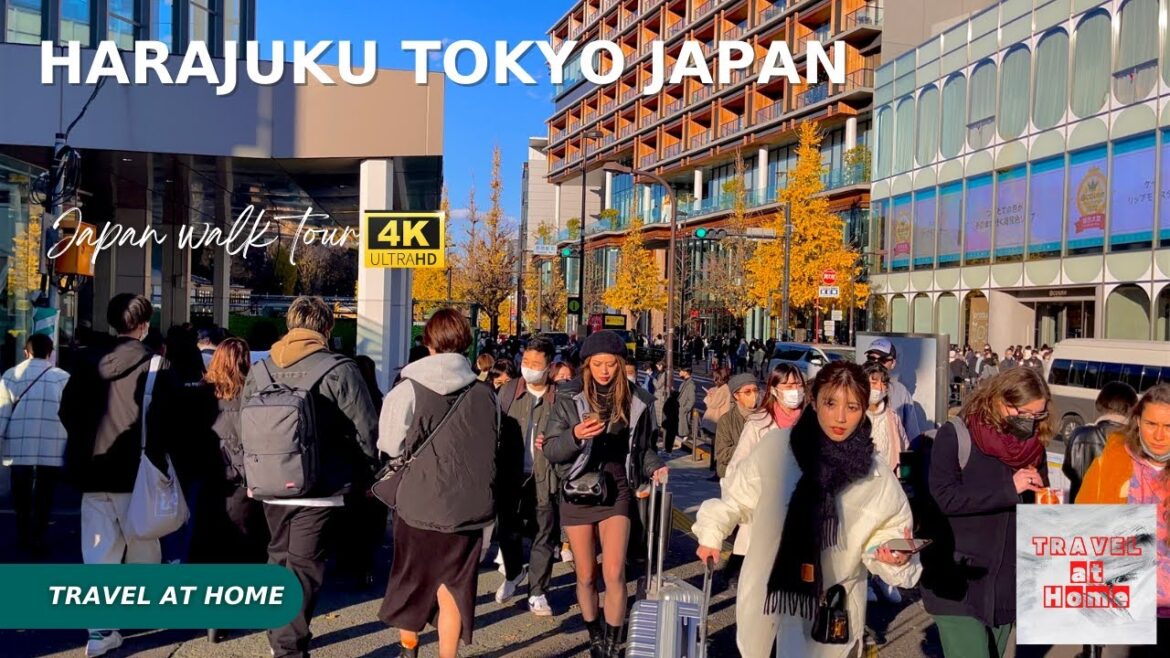#harajuku #tokyo #japan #japantravel
Among the areas widely recognized as “Harajuku” today, it is close to Meiji Dori and the former Shibuya River (Onda River, which is now a promenade (former Shibuya River promenade) sometimes called “Cat Street”). The area around the lowlands used to be called “Onden”, and before 1965, the name of the town corresponding to “Harajuku” was the area north of Omotesando, now Jingumae 2-chome. Of these, only the plateau part near Aoyama, most of Jingumae 3-chome, and the plateau part of Jingumae 1-chome that continues from Togo-jinja Shrine behind it. On the other hand, the area around Takeshita Street from Harajuku Station was called “Takeshita Town”. After 1965, all town names in this area were unified as ‘Jingumae’ and ‘Harajuku’ disappeared.
In Japan, until around 1970, Shinjuku was known as the birthplace of youth culture and youth culture. However, in 1969, as an anti-war protest against the Vietnam War, the police forcibly disbanded an unauthorized folk song rally held in the underground plaza at the West Exit of Shinjuku Station. With the “Shinjuku West exit fork guerrilla incident” in which many people were arrested, it became difficult for young people to gather in Shinjuku [Note 1], and at the same time, young people began to avoid Shinjuku.
On the other hand, PARCO opened in Shibuya in 1973, and the “Kuyakusho-dori” from Shibuya Station through PARCO to the Shibuya Ward Office and Shibuya Public Hall was renamed “Shibuya Koen-dori” and redeveloped. The history of “youth culture” has changed dramatically. The flow changed from “Shinjuku to Shibuya, or the entire area of Shibuya Ward” (that is, to Harajuku, Omotesando, Daikanyama, and Ura-Harajuku [Note 2]). At the same time, this was also a transformation from a strongly political counterculture [Note 3] to a strongly commercial subculture.


3 Comments
This is a nice walking video.
Thank you for uploading.🎉🎉
👋😀👍 💛❤💛
oh gosh that is a lot of people on takeshita street
😊❤️